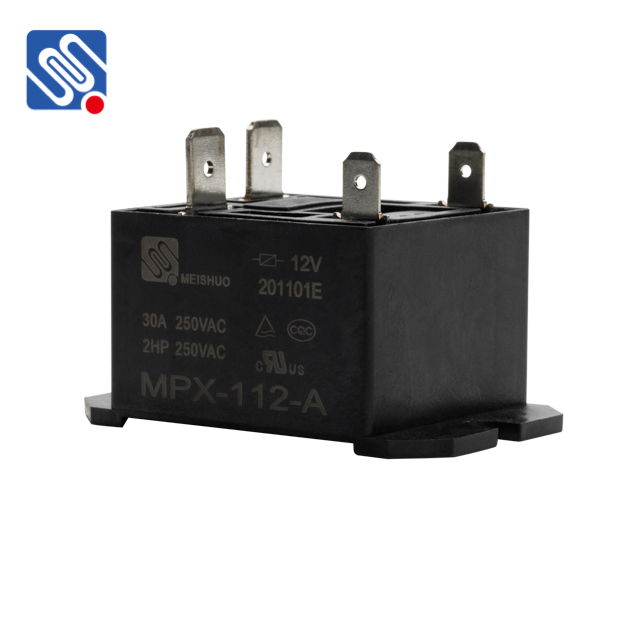Power relays are critical components used in various industries for controlling high-power circuits. They act as switches that enable a low-power control system to manage high-power loads, ensuring that electrical systems can be safely and efficiently operated. In this article, we will explore the essential characteristics of power relays, their applications, and the factors that need to be considered when selecting them.

What is a Power Relay? A power relay is an electromechanical device designed to control high-voltage or high-current electrical systems. It consists of an electromagnetic coil, which, when energized, pulls a set of contacts to either open or close a circuit. This allows a low-power control signal to manage larger, more powerful electrical loads, such as motors, heating elements, or other industrial equipment. In contrast to regular relays, which handle small currents typically in the range of milliamps or a few amps, power relays are engineered to handle much higher current, ranging from tens to hundreds of amps. This makes them essential in applications where switching high-power circuits is necessary while maintaining safety and reliability.